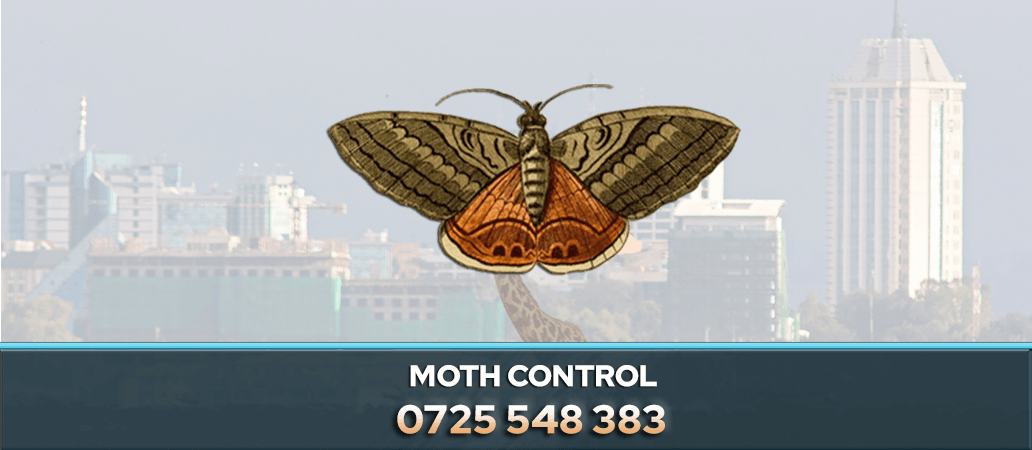A Guide to Identifying Different Types of Moths by Their Appearance
Moths, belonging to the order Lepidoptera, are fascinating insects known for their nocturnal habits, intricate wing patterns, and diverse species. Unlike their butterfly counterparts, moths are often overlooked, but they play a vital role in ecosystems as pollinators and food sources for other animals. Identifying moths by their appearance can be a rewarding activity for nature enthusiasts, and this guide outlines key features to distinguish common moth species.
1. Silkworm Moth (Bombyx mori)
- Size: Medium-sized with a wingspan of 3–5 cm.
- Color: Creamy white with a soft, fuzzy body.
- Features: Rounded wings and a stout, hairy body. These moths have reduced mouthparts as adults, making them unable to eat.
- Habitat: Found near mulberry trees, as their larvae feed exclusively on mulberry leaves.
- Unique Traits: These moths are domesticated and rarely found in the wild.
2. Luna Moth (Actias luna)
- Size: Large, with a wingspan of 10–12 cm.
- Color: Pale green with long, tail-like extensions on their hindwings.
- Features: Eye spots on each wing, which may help deter predators.
- Habitat: Wooded areas in North America.
- Unique Traits: Adults lack functional mouths and live only for about a week, focusing solely on reproduction.
3. Atlas Moth (Attacus atlas)
- Size: One of the largest moths, with a wingspan of up to 30 cm.
- Color: Brownish-orange with intricate patterns resembling maps or snakeheads on the wings.
- Features: Broad wings with scalloped edges and prominent eye spots.
- Habitat: Tropical forests in Southeast Asia.
- Unique Traits: Its wing patterns mimic a snake's head, serving as a defense mechanism.
4. Hummingbird Hawk-Moth (Macroglossum stellatarum)
- Size: Medium, with a wingspan of about 4–5 cm.
- Color: Greyish-brown body with orange hindwings.
- Features: Long proboscis for feeding on nectar, rapid wingbeats, and the ability to hover like a hummingbird.
- Habitat: Found in gardens and meadows across Europe, Asia, and Africa.
- Unique Traits: Their flight behavior resembles that of a hummingbird, making them easy to identify.
5. Peppered Moth (Biston betularia)
- Size: Medium, with a wingspan of 4–6 cm.
- Color: Speckled black and white, resembling lichen-covered bark.
- Features: Variations include darker forms (melanistic) due to industrial pollution.
- Habitat: Woodland areas and urban environments in Europe and North America.
- Unique Traits: A textbook example of natural selection, as their coloration has evolved in response to environmental changes.
6. Cecropia Moth (Hyalophora cecropia)
- Size: Large, with a wingspan of 13–15 cm.
- Color: Reddish-brown with bands of white, orange, and black.
- Features: Eye spots on wings and a plump, furry body.
- Habitat: Deciduous forests in North America.
- Unique Traits: Largest native moth in North America, known for its striking patterns and large size.
7. Indianmeal Moth (Plodia interpunctella)
- Size: Small, with a wingspan of about 1.5–2 cm.
- Color: Forewings are bronze or reddish-brown, while hindwings are pale gray.
- Features: Slender body and a pronounced color contrast on the wings.
- Habitat: Found indoors near stored food products like grains and nuts.
- Unique Traits: A common household pest associated with pantries.
8. Gypsy Moth (Lymantria dispar)
- Size: Medium, with a wingspan of 3–5 cm.
- Color: Males are brown with feathery antennae, while females are white with black spots and larger bodies.
- Features: Females are flightless despite their large wings.
- Habitat: Woodlands and suburban areas.
- Unique Traits: Notorious for causing defoliation of trees, making them a significant pest.
9. Death’s-Head Hawk-Moth (Acherontia atropos)
- Size: Large, with a wingspan of 12–13 cm.
- Color: Dark brown and yellow with a skull-like marking on the thorax.
- Features: Strong, robust body and a loud squeaking noise when threatened.
- Habitat: Found in Africa and southern Europe.
- Unique Traits: Named for the skull pattern on its back, which has inspired myths and superstitions.
Key Features for Identifying Moths
When identifying moths, pay attention to the following features:
- Wing Shape and Patterns: Look for eye spots, scalloped edges, or unique markings.
- Coloration: Note whether the colors are muted (common in nocturnal moths) or bright (day-flying species).
- Body Size and Shape: Some moths have slender bodies, while others are stout and furry.
- Antennae: Moths typically have feathery or threadlike antennae, differing from butterflies’ clubbed antennae.
- Behavior: Observe whether the moth is nocturnal or active during the day, as this can help narrow down species.
Identifying moths by their appearance is a captivating way to connect with nature and appreciate the diversity of these insects. By paying close attention to their size, color, patterns, and behaviors, you can easily distinguish between different species. Whether you're an amateur naturalist or a seasoned entomologist, the world of moths offers endless opportunities for discovery
More pest Control Services
PestPro Facebook Page
Medium

